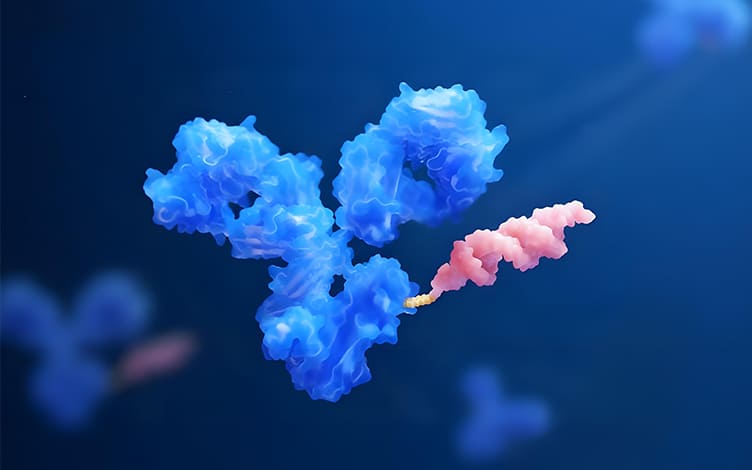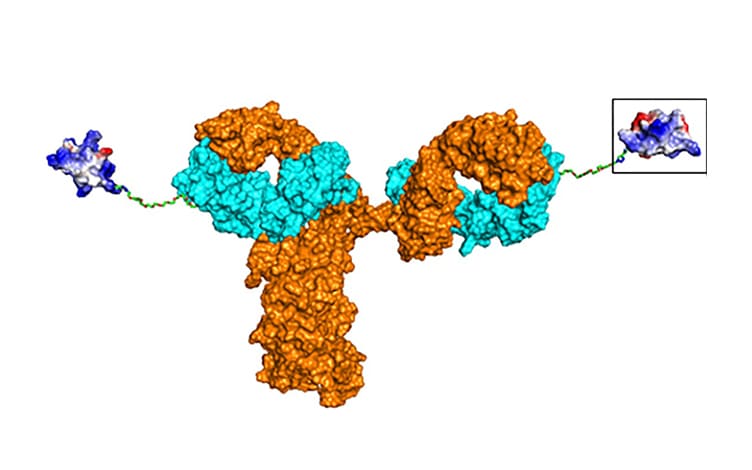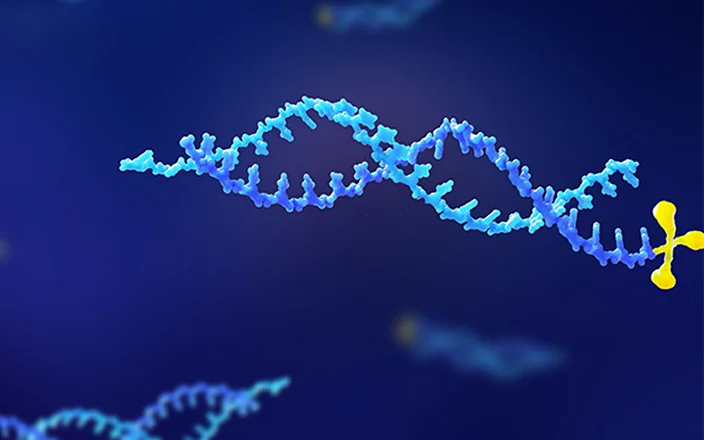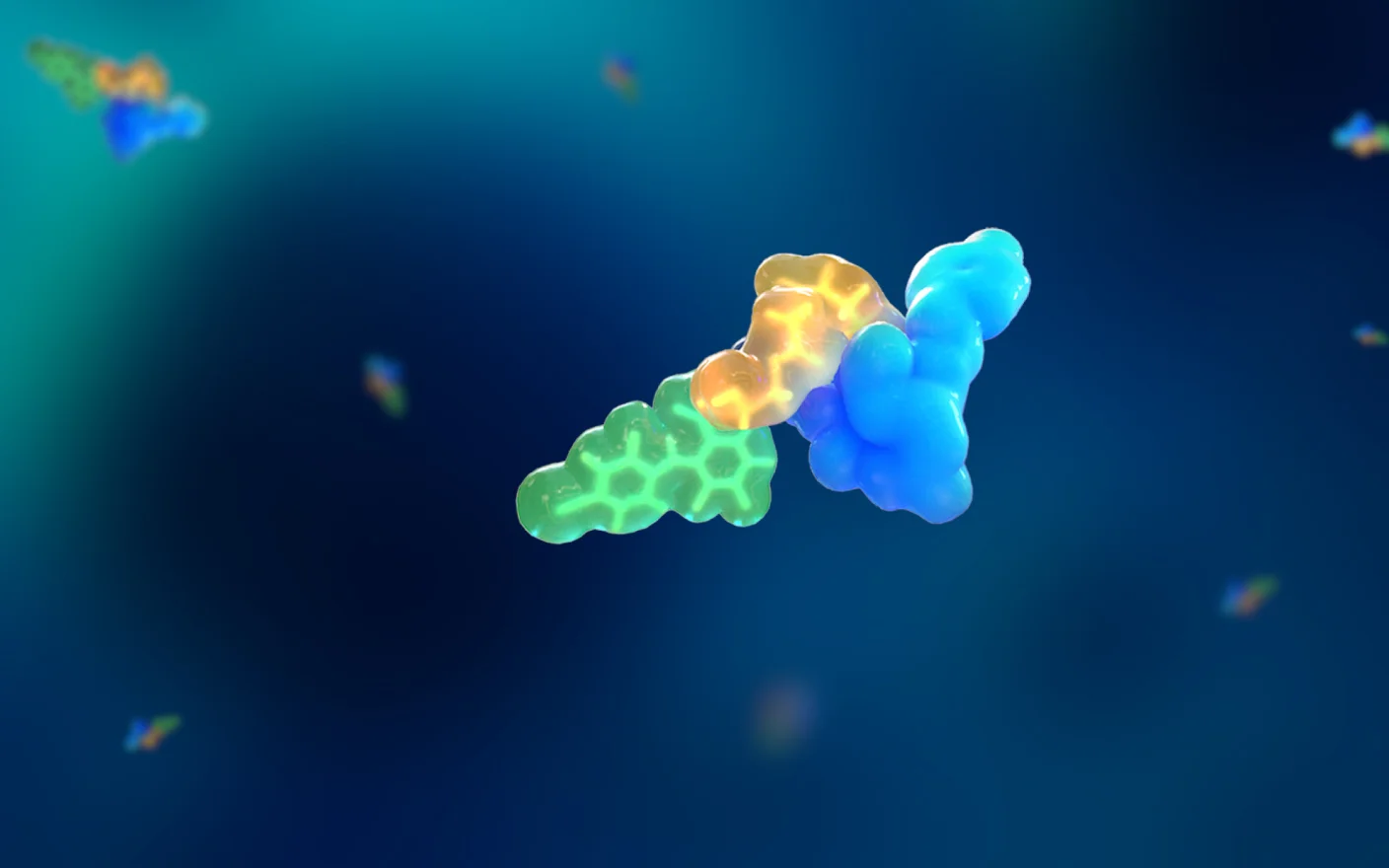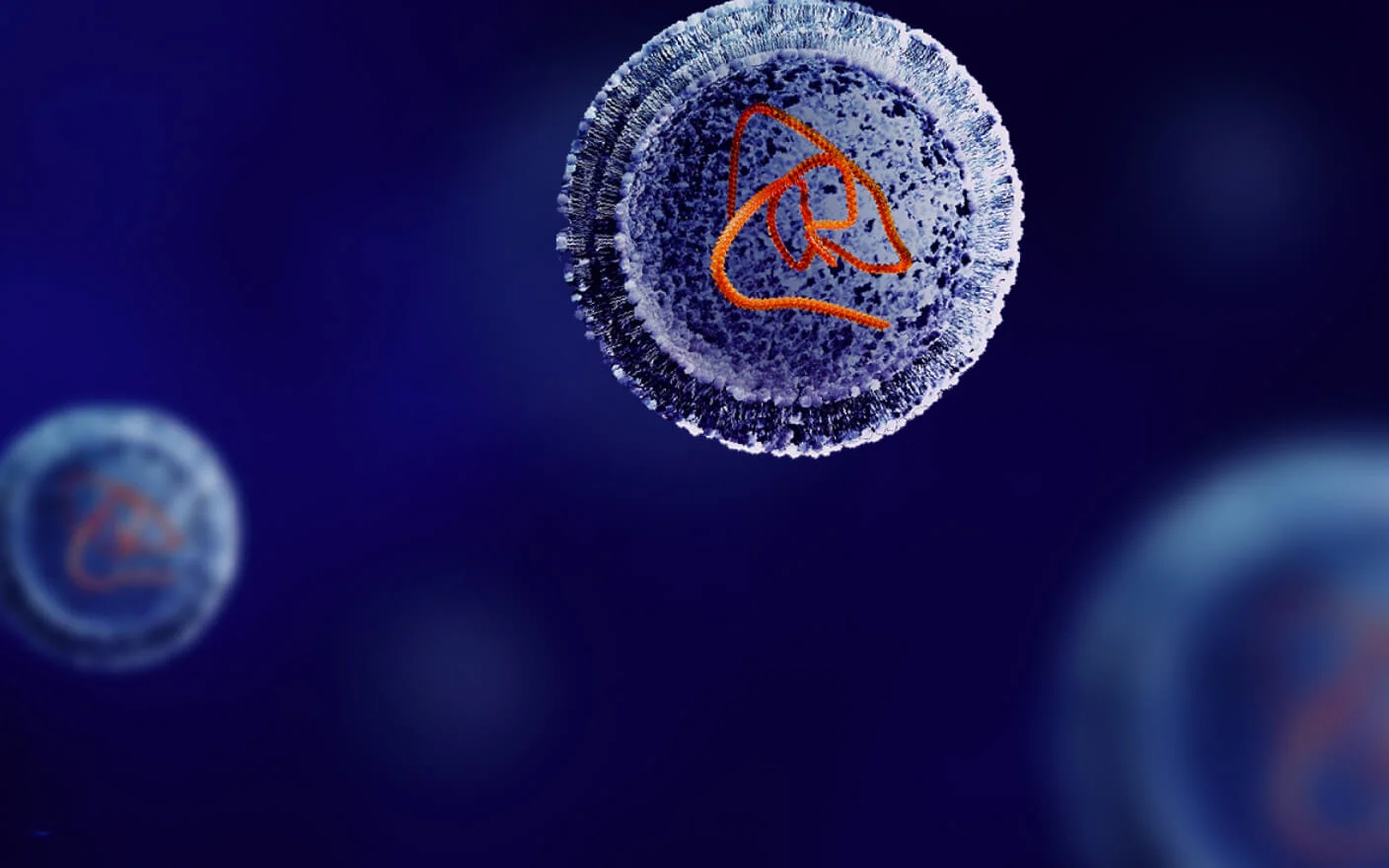We look forward to seeing you at the 2025 PharmSci 360 held on November 9-12, 2025 in San Antonio, Texas!
AAPS is the convener of the pharmaceutical science community, bringing together thousands of scientists from across the world and the drug development process. For them, PharmSci 360 combines all the energy of a large scientific conference with the intimacy of a small niche meeting because of its unique programming structure.
PharmSci 360 is built on five tracks that cover the pharmaceutical development process. Scientists attending the meeting report that they build their schedule to solve their problems, and may attend programming in only one track or all of them!
Featured Presentations
Navigating New Modalities: Tackling Biotransformation and Bioanalytical Challenges
Time: 9:30 AM – 10:35 AM CT, Monday, November 10, 2025
Location: 360 Stage #4, Exhibit Hall
Hong Zhang, Ph.D., and Peiwen Zhang, Ph.D.
Learning Objective:
Understand biotransformation and bioanalytical challenges in new modalities
Gain insights into strategies and solutions from our expertise and practice
Understand key regulatory considerations for drug development
Bridging In Vitro to In Vivo: Preclinical In Vitro Models for Characterizing
Time: 3:00 PM – 3:15 PM CT, Monday, November 10, 2025
Location: 225 CD
Hong Zhang, Ph.D.
Learning Objective:
Upon completion, participants will be able to understand the importance of in vitro metabolic stability screening and the relevant experimental systems for oligonucleotide drug development.
Upon completion, participants will be able to describe limitations of current in vitro models and apply strategies to select suitable systems for oligonucleotide metabolic stability assessment and metabolite identification.
Upon completion, participants will be able to understand strategies for oligonucleotide metabolite identification.
Oral Peptide Drug Development: Addressing Preclinical Bioavailability and PK Challenges
Time: 9:30 AM – 10:30 AM CT, Wednesday, November 12, 2025
Location: 225 AB
Jianping Sun
Learning Objective:
Upon completion, participants will be able to identify key bioavailability and pharmacokinetic barriers in preclinical peptide drug development.
Upon completion, participants will be able to explore practical strategies to optimize DMPK properties of peptide therapeutics.
Upon completion, participants will be able to enhance their understanding of assay selection, sample processing, and study design tailored to peptides.
DMPK Speakers
Our posters
Other Resources
-
Our posters
-
Other Resources
-
Development and Implementation of a Ferret Venous Catheterization Model for Pharmacokinetic StudiesEnhancing Oral Bioavailability in Preclinical Dog PK Studies Using Ball Milling TechnologyApplication of Lecithin (PL90) and Poloxamer 188 in SLC Transporter-Mediated Drug Interaction StudiesEstablishment of a High-Throughput Screening and Characterization Platform for Covalent Inhibitor DrugsSensitive LC-MS/MS Method for Cationic Ligand-Conjugated siRNA TherapeuticsHuman Pharmacokinetics Prediction for Trastuzumab Using Scaling and Two-Compartment Modeling with B-hFcRn Mice PK DataView More
-
-


Approved Antibody Fragments and DMPK Strategies: Fab, scFv, and VHH
ArticlesDec 11,2025 -


What Are Antibody–Oligonucleotide Conjugates (AOCs) and Their Structural Characteristics
ArticlesNov 28,2025 -


What Are Antibody–Peptide Conjugates (APCs) Drugs and Their Pharmacokinetic Properties
ArticlesNov 21,2025
-
Related Services and Platforms




Stay Connected
Keep up with the latest news and insights.
Submission successful!
We will send you an email with all the posters from this conference once they are ready. Thank you!
-
ok









